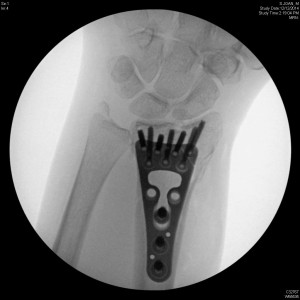 Conscience makes cowards of us all, the Bard observed. And after a fall and consequent wrist surgery and three days of hospitalization, I would add that that pain makes cowards of us too.
Conscience makes cowards of us all, the Bard observed. And after a fall and consequent wrist surgery and three days of hospitalization, I would add that that pain makes cowards of us too.
There was a point when a chasm opened, and I was a helpless crawling worm. Forget all my noble Buddhist thoughts about the difference between pain and suffering. Forget my prayers, my devotion to the 23rd Psalm, yogic breathing, meditation or mindfulness. There was nothing I could do or think or imagine. No self to ravel up the loosening parts. No one home.
Except there was. My husband. Who came with tea and the next dose of pain meds.
We do need each other. Absolutely. Undeniably.
In my fitful meanderings yesterday I looked up the origins of the phrase “apple of your eye”. This mysterious phrase first appears in Hebrew Scripture, including a description of God’s care for Jacob. “He found him in a desert land, in a howling wilderness waste. He encircled him, cared for him, guarded him as the apple of his eye.”
Apparently this phrase was also translated as little man of the eye– the reflection of yourself that you see in another’s pupil if you are gazing deeply into each other’s eyes. I’m still pondering the depth and wonder of this metaphor of relationship. A sacramental image of intimate knowing.
Last night in a dream I was instructed to start writing. So I have. With one finger of my left hand.
I think there will be many more reflections to come.
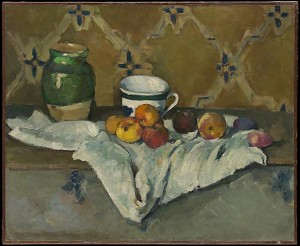
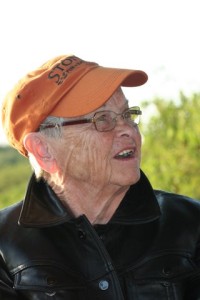
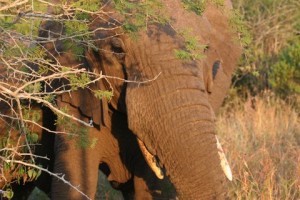
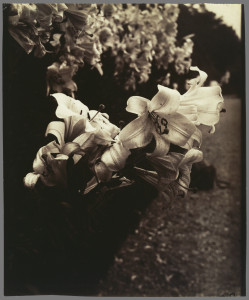 Recently I encountered Kate Munger at a conference. Kate founded the
Recently I encountered Kate Munger at a conference. Kate founded the 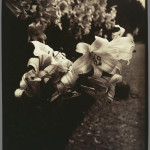

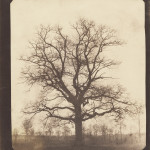 An Oak Tree in Winter, Fox Talbot, 1842, courtesy of Getty Museum
An Oak Tree in Winter, Fox Talbot, 1842, courtesy of Getty Museum